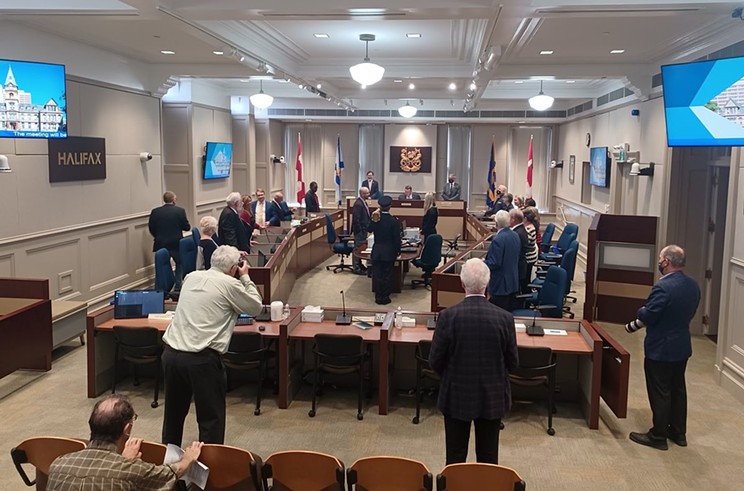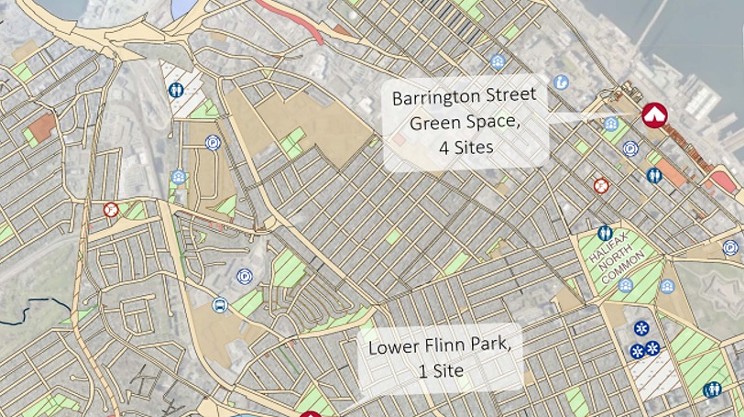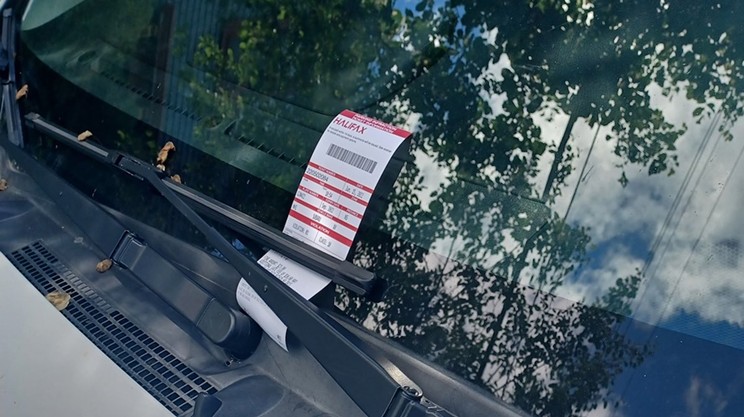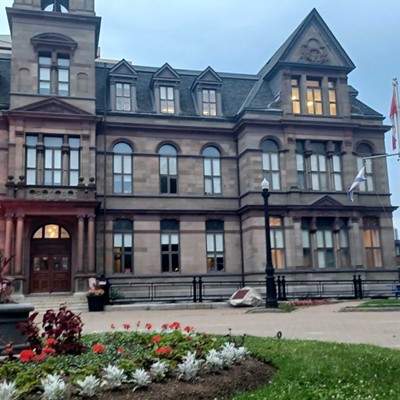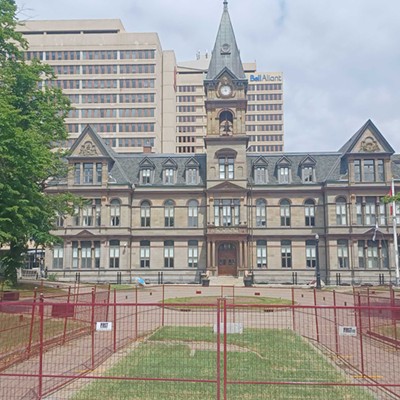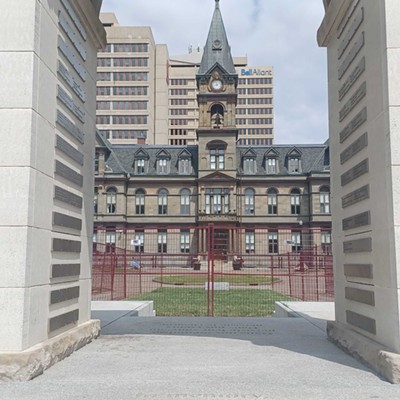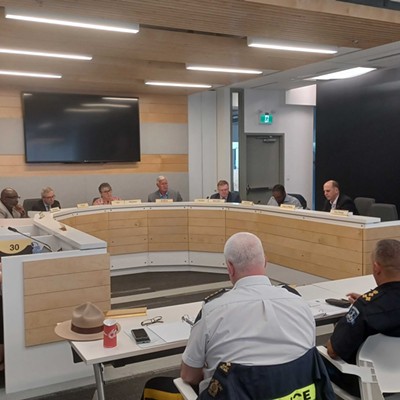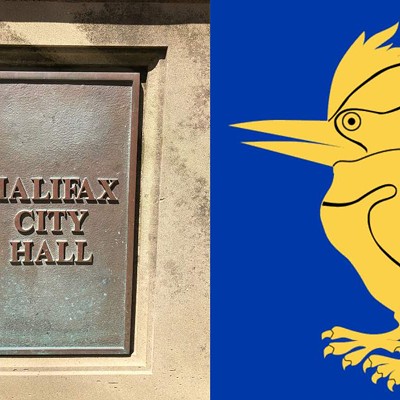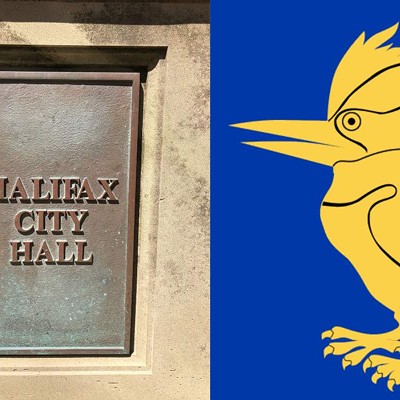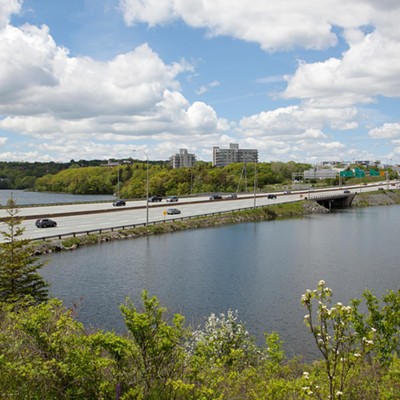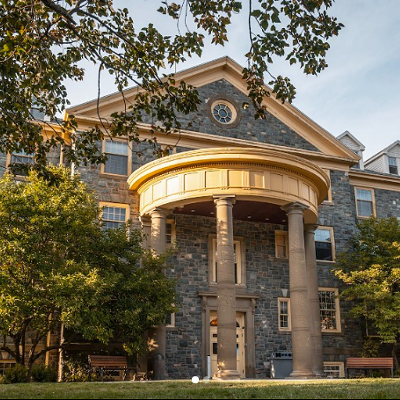Speed bumps and other methods of making cars drive slower—known as traffic calming measures—were a major topic of discussion at Tuesday's meeting of Halifax Regional Council. Right now the city has a long list of streets awaiting traffic calming, and council was considering administrative changes designed to address that backlog.
The city’s current legislation that dictates what streets get priority for traffic calming is starting to show its age, even though it only came into effect in 2015. That order tried to democratize traffic calming, but ended up giving the Halifax department of transportation and public works too much work and not enough resources to do it. This is why director of transportation and public works Brad Anguish brought a new administrative order to council to approve.
The changes will allow staff to better rank streets that need, or may need, traffic calming. The point-based system allows city staff to objectively score streets that meet certain criteria. More crashes? More points. Drivers usually drive slowly? Fewer points. The more points a street gets, the higher up the list it goes. The basic idea is simple, but councillor Shawn Cleary get into the details and wanted to see a change in one specific criterion laid out in the new legislation.
The criterion that Cleary takes issue with is this: A street scores one point for each km/h that the 85th percentile speed exceeds 45 km/h. Just to translate that from math to English, all cars travel on the road, and their speeds are measured. If 85 percent of the cars travel below, say, 63km/h, then 63 becomes the 85th percentile, and that road would score 18 points (63 minus 45).
Cleary wanted that 85th percentile speed to be lowered to 40km/h instead of the staff recommendation to keep it at 45km/h. Cleary said the staff recommendation means streets that have already been identified as dangerous, but that are also going to be repaved, will be removed from the traffic calming list until the repaving is done (17.(2) of this doc). He said it's like trying to fix emergency room wait times by investing in better triage instead of hiring more emergency room doctors.
“It’s not about safety,” Cleary said. “It’s about dollars.”
Councillor Paul Russell agreed during debate. “A lot of people joke we use potholes as a traffic calming device, which I don’t think we do,” Russell said. He pointed out that when streets get repaved to remove potholes, they get faster. So it doesn’t make sense not to add traffic calming measures at the same time.
Russell was among the minority that lost the vote against a motion to “carve out” those streets—the ones that had been due for both repaving and traffic calming—from the new administrative order. But when it came to the main motion, he left Shawn Cleary twisting in the wind on the principled no vote.
The traffic calming changes passed 16-1 with Shawn Cleary as the sole no vote.

